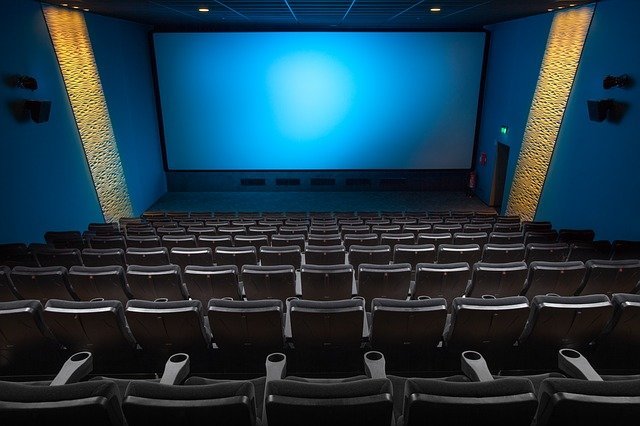
The role of audiovisual translation is of paramount importance in the film world or in the latest TV shows. Whether in the form of dubbing or subtitling, professional translation allows you to see and understand a film, whatever the original language in which it was conceived and shot.
What is the job of the translator in subtitling?
Broadly speaking, a professional translator needs to work with the oral version of an audiovisual work. In most cases, the subtitler already has the transcription and translates this text directly according to the existing rules for subtitling. In others you need to subtitle the text directly from the oral version, although the latter system is not usual in movies or series, occurring rather in the business market (internal videos, ads, etc.).
In this work a wide variety of nuances become important, so that only the original version can be respected and a faithful adaptation created when both languages and both cultures are known in depth.
It’s not a matter of performing a literal translation, but rather of ensuring that linguistic twists, expressions, jokes or intonations are adapted in the translated version. In addition, it’s especially important, since the translation has to be presented to the viewer at the same time as the original audio and needs to match the rhythm and its register.
In this case, and more than ever, the most important thing is that the translation goes as unnoticed as possible. In this way, the viewer can enjoy the work in question in the best way possible.
Length of the phrases
It is also important to know that the length of the phrases and sentences sometimes has to be adapted. This is the case because more or less time will be available for the viewer to read them, depending on the speed of the dialogue, . Subtitles that disappear from the screen in practically the same second in which they appear make no sense, since they can’t fulfill their function. On the other hand, subtitles that break the sequences make it impossible to follow the story coherently.
A good subtitle will always respect the viewer’s reading times and the naturalness of the dialogues, and will strive to be as faithful as possible to the original script. In fact subtitles can be noticeably different from dubbing, since their mission and the requirements they need to meet are also different.
Different types of subtitles provided by a translation agency
So far we’ve focused on talking about the most common types of subtitles, but there are some other kinds you should know about:
– Real-time subtitles: these are the ones used in events or live programs.
– Subtitles for the deaf: these are used so that people with hearing problems can follow films or programs (whether in their own language or dubbed by someone else).
– Subtitles in the same language: those that are used to synthesize the information that is being provided, while maintaining the coherence. These are especially useful in news programs or those providing information, for example.
Audiovisual translation is an element that is becoming increasingly important thanks to the different content platforms. Tell us. Do you usually watch your favorite movies or shows with subtitles?
This post is also available in: Español (Spanish) Français (French) Nederlands (Dutch)








